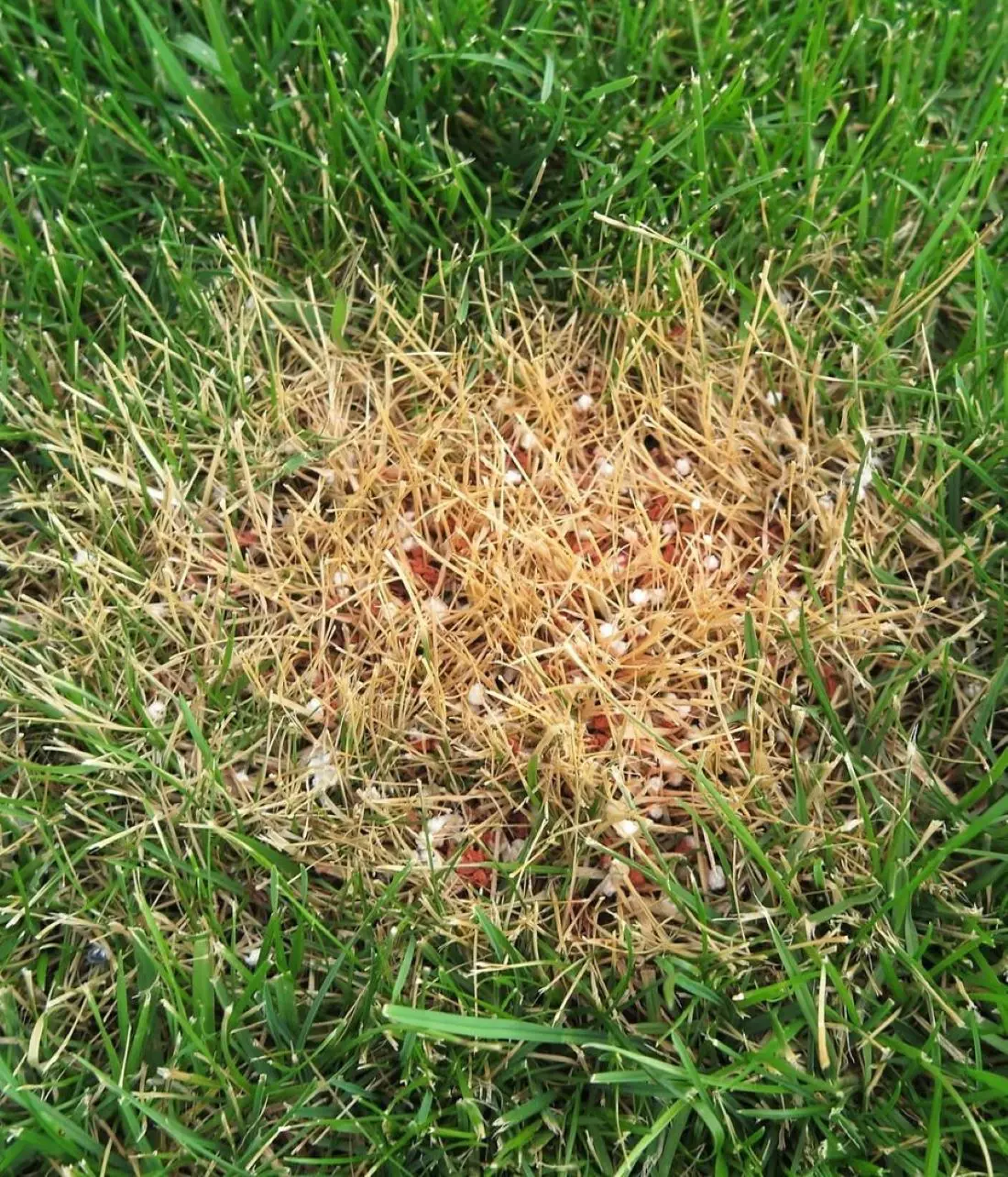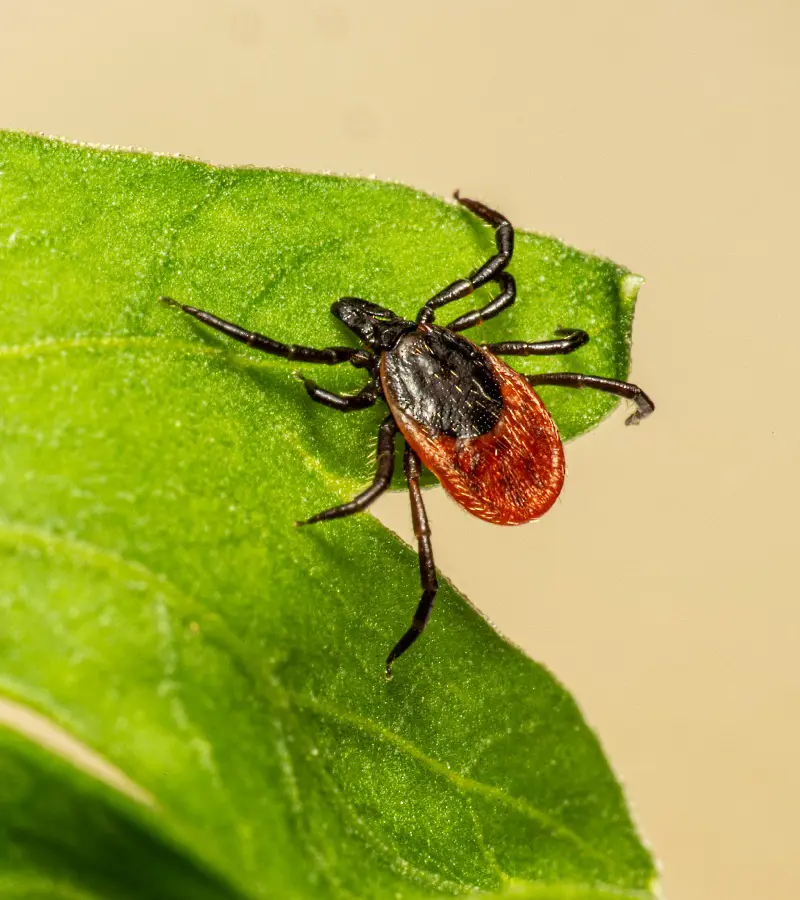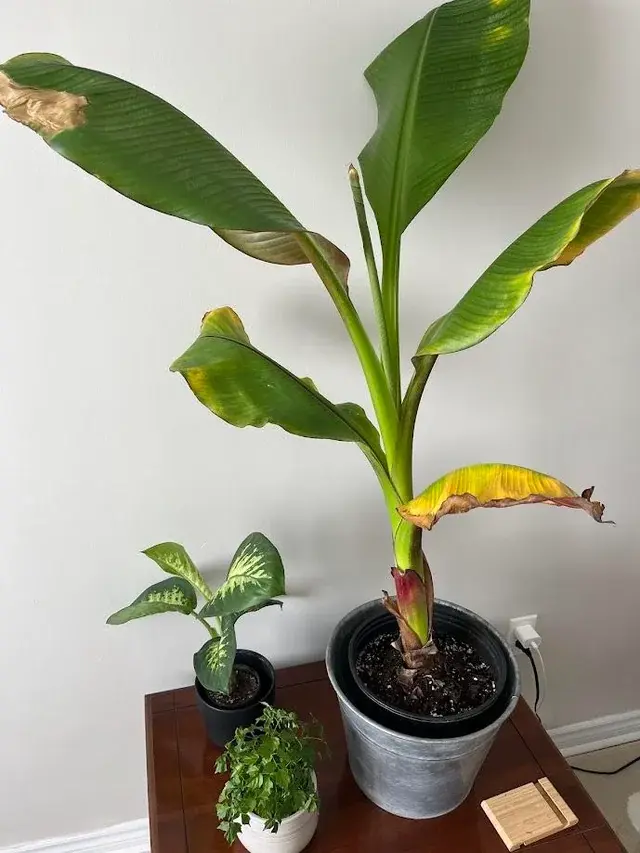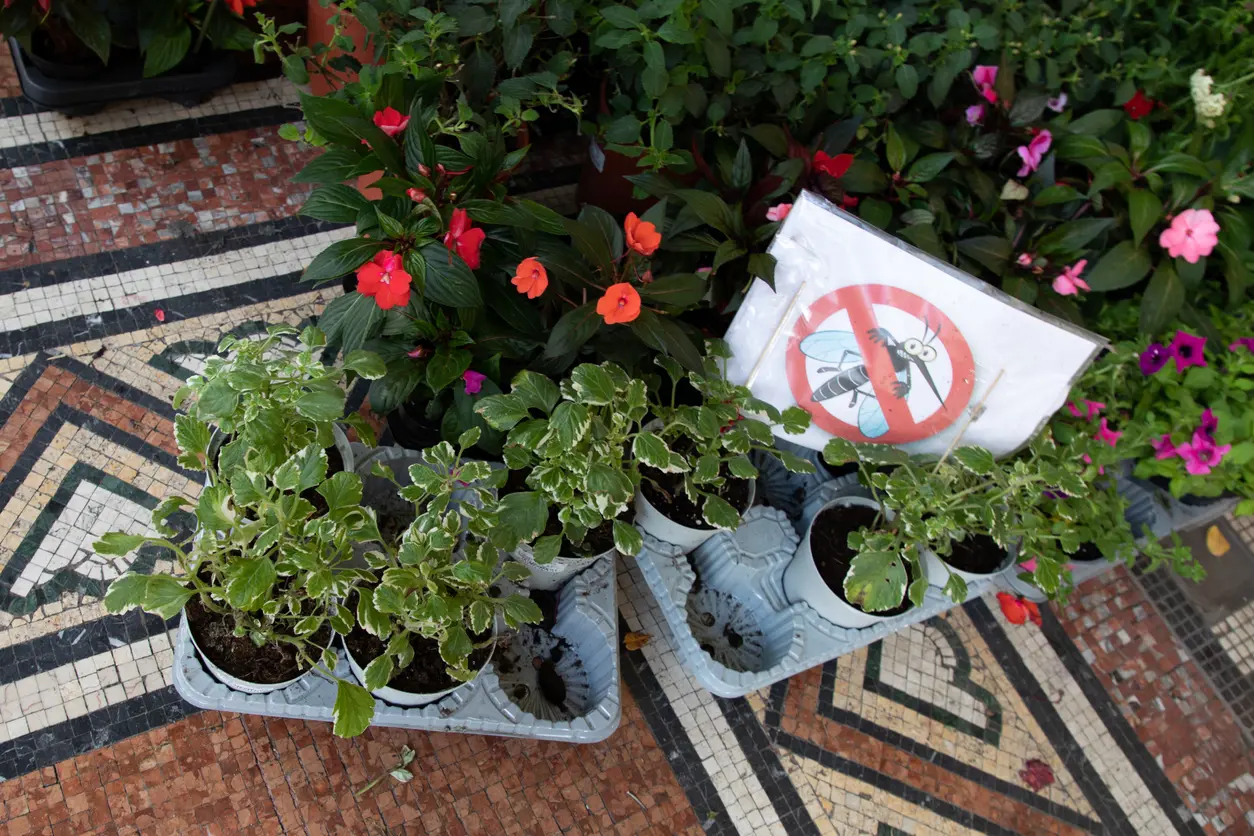How To Get Rid Of House Centipedes
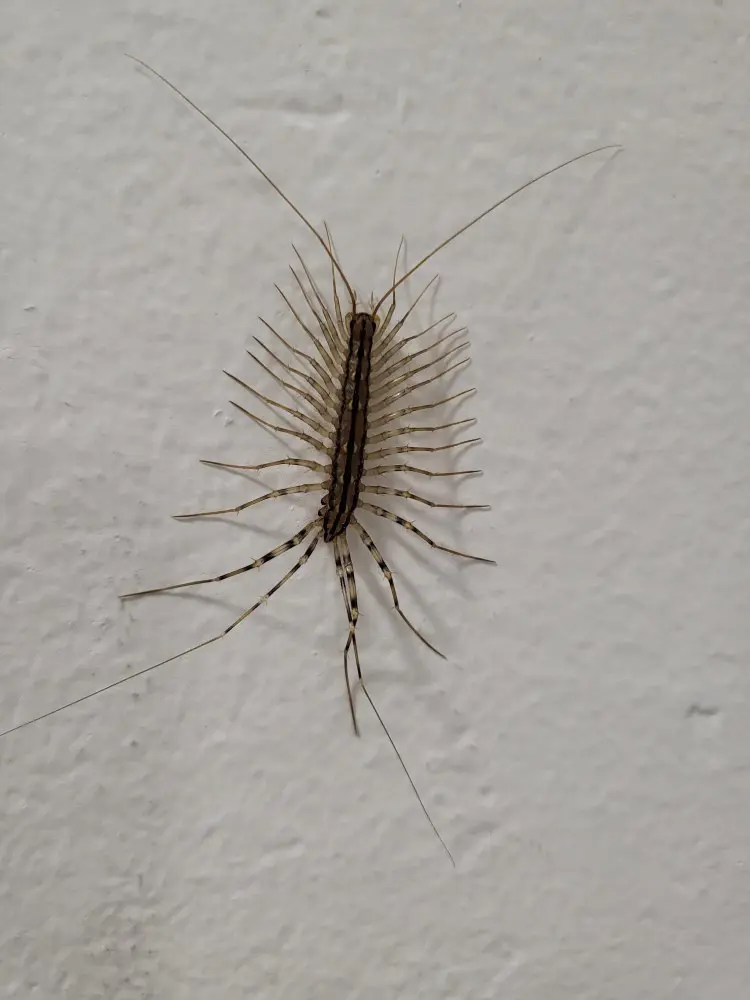
Centipedes are elongated, segmented creatures with numerous legs. Their appearance can trigger feelings of discomfort and fear in people easily.
If you are looking for ways to get rid of these creatures you have come to the right place. Here, we have compiled a list of effective ways that will help you eliminate centipedes from your living spaces.
1. Reduce Humidity
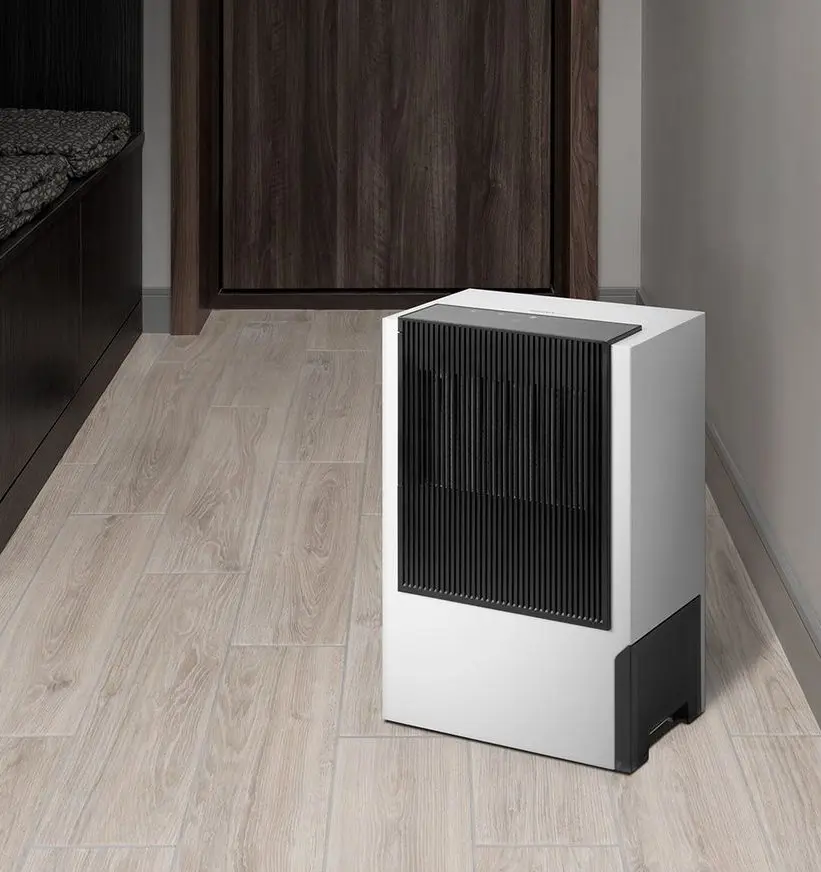
One of the growth conditions centipedes thrive on is moisture-rich environments. The high humidity levels available in the surrounding environment provide them with the ideal conditions to thrive and reproduce.
Areas such as basements, crawl spaces, bathrooms, and kitchens tend to be high in humidity. These spaces in your home often have poor ventilation or may be prone to leaks and moisture buildup from plumbing or condensation. To lower the humidity significantly, you can use a dehumidifier in these areas.
2. Get Rid Of Other Insects
Centipedes are carnivorous predators. They feed primarily on other small arthropods and insects including spiders, ants, cockroaches, termites and silverfish. By eliminating these prey species, you can indirectly discourage centipedes from inhabiting your living spaces.
First, recognize the type of insects that are present in your home. Different insects may require different strategies for control. For example, ants may be attracted to food crumbs and spills. So, keeping kitchen counters and floors clean and storing food in tightly sealed containers can help reduce their presence.
3. Vacuum
While not the most glamorous solution, a vacuum cleaner can be a surprisingly effective tool in controlling centipedes. Whenever you spot a centipede scuttling across the floor, you can use a quick vacuum pass to suck it up before it disappears into a crack or crevice.
It's a fast and efficient way to eliminate individual centipedes you encounter. Not only is this method effective for the immediate removal of centipedes, but you can also dislodge centipedes hiding in carpeted areas, furniture corners, or underneath baseboards with the help of a vacuum.
4. Seal Cracks
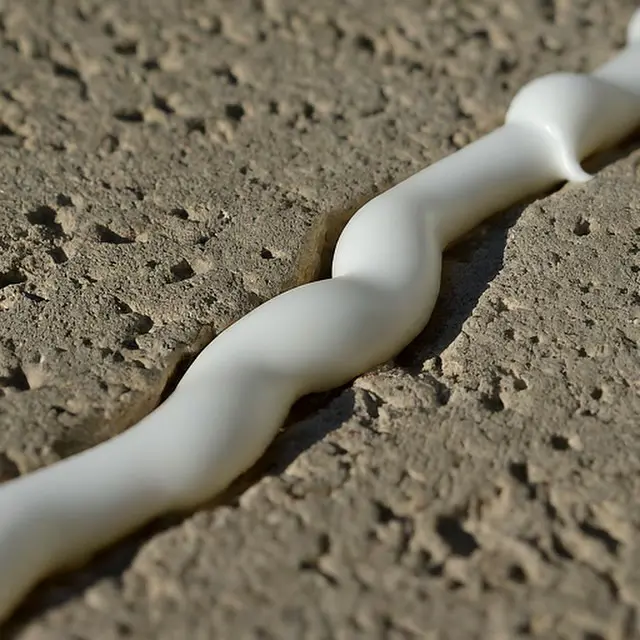
Centipedes have a small structure and crawling habit, hence they can easily get in through cracks and gaps. They easily squeeze through the surprisingly narrow openings.
Once they crawl inside cracks, they settle in spaces where they find moisture and prey. To effectively manage centipedes, sealing these potential entryways is crucial. As you find any visible cracks or gaps in the foundation, siding, and areas where pipes and wires enter, seal them up.
5. Fix Leaks
One crucial step in controlling centipedes in your home is to fix any leaks promptly. Areas like basements and bathrooms have exacerbated moisture levels, so addressing the plumbing leaks in these spaces is a must.
Whenever there is any sign of leaks in plumbing fixtures, pipes, and connections, immediately focus on tightening fittings, replacing worn washers, or calling a plumber for repairs. Keep in mind that even small, slow leaks can contribute to elevated humidity levels and create an environment that centipedes find favorable.
6. Use Sticky Traps
Sticky traps are widely used to capture many insects, including centipedes. These traps are highly effective in targeting crawling pests that come into contact with their adhesive surfaces.
Their design, sticky adhesive spread across a flat surface, attracts centipedes through visual cues or pheromone attractants. Upon contact, centipedes get immobilized. This allows you to capture and dispose of them easily.
7. Insecticide Sprays
Insecticide sprays can be a powerful tool for eliminating centipedes. These sprays are generally used as a fast-acting solution; they deliver a concentrated dose of insecticide that can quickly kill centipedes on contact.
You can use these sprays around potential entry points and the places where they hide regularly for maximum effect. Though effective, insecticide sprays should be used strategically and with caution as they can be harmful to humans and pets if not used properly.
8. Use Diatomaceous Earth

Diatomaceous earth (DE) is a natural, non-toxic option for controlling centipedes in your home. This dusty wonder is made from the fossilized remains of tiny aquatic organisms called diatoms.
Whenever a centipede crawls across diatomaceous earth, the sharp edges pierce its waxy outer coating, causing it to dehydrate and die. DE is most effective against young centipedes that come into direct contact with it. To apply DE effectively for centipede control, sprinkle a thin layer of the powder in areas where centipedes often crawl.
9. Install Door Sweeps
Gaps often found between the bottom of the door and the threshold can serve as entry points for insects and small pests seeking shelter indoors. Installing door sweeps is an effective measure to help prevent centipedes and other pests from entering your home through these gaps beneath exterior doors.
Door sweeps are typically made of flexible materials such as rubber or bristles that create a seal between the bottom of the door and the threshold, preventing drafts, dust, and insects from entering your home.
10. Clear Clutter
Clutter around the house can provide hiding places and harborage areas for centipedes and their prey. As centipedes prefer dark, undisturbed areas where they can find shelter and hunt for prey, reducing clutter (especially in basements, attics, closets, and storage areas) can be effective.
Clutter often accumulates dust and moisture and also harbors insects like silverfish, ants, and spiders, which are prey for centipedes. By decluttering, you allow for better air circulation, reduce humidity levels and reduce the availability of food sources that sustain centipede populations.
11. Remove Vegetation
Removing vegetation around and near your home can help reduce centipede populations by eliminating their preferred outdoor habitats and reducing potential entry points into your living spaces.
Materials like damp leaves, compost, mulch, and wood can provide an ideal habitat for centipede, as they have moisture-retaining properties and decaying organic matter that attract pests. Consider placing compost piles and woodpiles in a designated area away from the house, preferably in a dry and well-ventilated location.
12. Reduce Outdoor Lighting

Outdoor lights have the ability to attract insects like moths, flies, and beetles. These primary food sources of centipedes can easily invite centipedes to home. By reducing the intensity and duration of outdoor lighting, especially during nighttime hours, you can decrease the presence of these insects near your home.
This, in turn, reduces the availability of prey that centipedes rely on for food. Also, being nocturnal, centipedes are attracted to light at night. During their active hours, centipedes rely on light cues to navigate.
13. Inspect Firewood
Centipedes might hitch a ride on damp firewood from storage areas outdoors directly into your home when brought inside. Damp firewood provides an excellent environment for centipedes to thrive, there they can easily conceal themselves within cracks, crevices, and underneath the bark of damp firewood.
So before you bring in firewood from outdoors, look for signs of moisture like dampness, mold growth, or soft spots in the wood. Don't forget to give the firewood a good shake, if centipedes are present they might dislodge and become visible.
14. Natural Repellents
Natural repellents like essential oils can put centipedes away without the use of chemicals. Peppermint oil, tea tree oil, and lavender oil are known for their strong scents that can deter centipedes. For application, dilute a few drops of these oils in water and spray around entry points and areas where centipedes are seen.
Besides essential oils, peels of citrus fruits like those of oranges, lemons, and grapefruits also contain natural oils that centipedes find unpleasant. Place citrus peels around entry points, windowsills, and other areas to deter centipedes.
15. Clean Regularly

Maintaining a clean home is a crucial defense strategy against unwanted pests like centipedes. Crumbs, spills, and pet food debris left lying around can attract insects, which are food sources for centipedes. Regular cleaning removes these food sources, making your home less appealing to them.
It is also essential to empty trash cans regularly, especially in kitchens and bathrooms. Leaving overflowing beans also attracts insects. Apart from food sources, regular cleaning helps to manage moisture levels in your home by addressing spills, leaks, and areas prone to condensation.
16. Use Boric Acid
Boric acid is a popular and natural option for deterring and eliminating centipedes in the home. Boric acid is a desiccant, meaning it dries things out. When a centipede crawls through boric acid powder, the tiny particles damage their waxy outer coating, causing them to dehydrate and die.
Boric acid particularly disrupts the digestive system of insects and pests when they ingest or come into contact with it. To use boric acid to deter centipedes, apply a thin layer of the powder in areas where centipedes are seen or suspected.
17. Ventilate Attics
While ventilation might not be the first thing that comes to mind for pest control, it can be a surprisingly effective tool! Attics can trap moisture from various sources such as household activities, roof leaks, and condensation.
Excess moisture also leads to mold growth, which attracts other insects – a potential food source for centipedes. Ventilation helps prevent mold, indirectly deterring centipedes that might be drawn to the feast. Proper ventilation allows hot air to escape, and prevents it from becoming frigid in winter.
18. Keep Pets Food Away

While it might seem counterintuitive, keeping pets away from certain areas can be a helpful strategy in deterring centipedes. As pet food spills or crumbs are likely to attract other insects, they can also appeal to centipedes.
By keeping pet food bowls and feeding areas clean and away from potential centipede hiding spots, you can reduce the overall insect population in your home. Pet waste left in outdoor areas can also attract flies and other insects.
19. Monitor Entry Points
Nothing can be more effective than monitoring and sealing entry points in your home to prevent centipedes from gaining access and establishing themselves indoors. Small cracks, gaps around doors and windows, utility penetrations, vents, and gaps in siding or foundation walls are some of the areas through which centipedes can squeeze in.
It's necessary to regularly inspect these entry points and seal them in time. Appropriate materials such as caulk for small cracks and gaps and expandable foam for larger gaps can significantly reduce the likelihood of centipedes gaining access indoors.
20. Professional Inspection
When the infestation of centipedes becomes too heavy or difficult to manage on your own, seeking a professional inspection and pest control service can be a prudent decision.
Pest control professionals have the expertise and experience to accurately identify the extent of the centipede infestation. They can address current centipede issues and also can provide recommendations for long-term prevention.
Centipedes Damage
Centipedes, while not known for causing significant structural damage like termites, can still pose issues in homes and gardens. Understanding their behavior and impact helps in managing these creatures effectively:
Household Intrusions
Centipedes often enter homes seeking shelter and prey. They prefer damp, dark areas such as basements, bathrooms, and crawl spaces. Their presence can cause discomfort and anxiety for residents.
Potential Garden Pests
In gardens, centipedes can prey on smaller insects, which might be beneficial for controlling pests like aphids. However, they can also disturb plant roots and soil structure, impacting plant health.
Health Concerns
Although centipedes rarely bite humans and their venom is typically not dangerous, a bite can cause pain, swelling, and discomfort. Individuals allergic to insect venom should seek medical attention if bitten.
Types of Centipedes
Centipedes encompass a diverse group with various species found across the world, each exhibiting unique characteristics and habits. Here are some common types:
House Centipedes (Scutigera coleoptrata)
House centipedes are known for their long, segmented bodies and rapid movements. They typically inhabit homes and buildings, preferring damp areas like basements and bathrooms. House centipedes are beneficial predators, feeding on insects such as spiders and cockroaches.
Stone Centipedes (Lithobiomorpha)
Stone centipedes are often found in outdoor habitats, such as under stones or in leaf litter. They have elongated bodies and are generally slower-moving compared to house centipedes. Stone centipedes feed on small insects and play a role in natural pest control.
Tropical Centipedes (Scolopendra spp.)
Tropical centipedes are large and aggressive predators found in warmer regions. They have potent venom used to immobilize prey, including insects, small mammals, and reptiles.
Some species, like the giant tropical centipede (Scolopendra gigantea), can reach impressive sizes and are known for their striking coloration.
Soil Centipedes (Geophilomorpha)
Soil centipedes live in moist soil and leaf litter. They have numerous leg-bearing segments and are adapted for burrowing. Soil centipedes feed on small invertebrates and help decompose organic matter in ecosystems.




